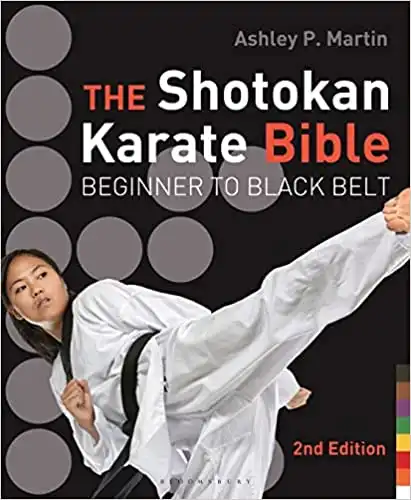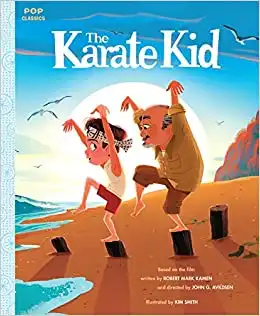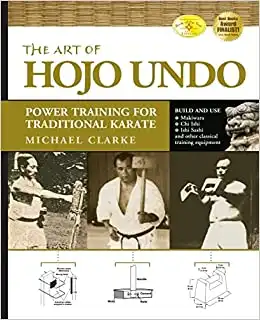Karate books can be a great resource for learning more about the martial art, regardless of your level of experience. In this blog post, we’ll take a look at some of the best karate books on the market today. Whether you’re looking to improve your technique or learn about the history and philosophy of karate, these books are sure to help. So, without further ado, let’s take a look at some of the best karate books out there!
This book is about the words of Toyama Kanken. He was a martial artist who learned from two famous people. One was Itosu Ankou and the other was Higashionna Kanryo. Toyama Sensei was always diligent in his martial arts education. He studied the related martial arts of Taiwan and then opened his dojo called the "Shudokan" after returning to Tokyo, Japan in 1931.
This book is a guide for people who want to learn karate. It has pictures that show you how to do the techniques and kata (combinations of techniques). The book is organized so that you can learn one belt at a time. The author is a trained instructor who has his own karate school.
This book is a guide to traditional karate that has been used for many years. It has pictures of people doing karate and also shows how to do the moves correctly.
This book has 20 chapters that cover practically every aspect of karate. This will help students and instructors as they learn karate. The book is filled with diagrams of moves, 300 step-by-step photographs, and companion videos.
This book is for children and tells the story of the classic The Karate Kid.
Nishiyama started training under the instruction of Gichin Funakoshi, the founder of Shotokan Karate, who helped establish the Japan Karate Association. Nishiyama was instrumental in bringing Karate to the U.S. and other Western countries as the head of JKA's instructors training program. When he arrived, he trained many new martial artists who have in turn spawned their own generation of martial artists.
This book is about the history of karate and kobudo. It tells how each system started in China and developed over time. The book includes teachers who helped form these styles.
Gichin Funakoshi, the founder of karate, once said that the ultimate goal of karate is not to win or lose, but to improve the character of its practitioners.
This book is about the history of traditional Okinawan and Japanese karate. It is a comprehensive and concise book that includes the biographies of the great karate masters of the past. These masters faced many philosophical issues as karate changed and evolved. Mark I. Cramer dispels many of the myths that are often repeated about martial arts as he details the lineages of modern styles of karate. He also describes the social, cultural, and political events that influenced them.
This book is about The book “My Art and Skill of Karate” presents the technical knowledge and original accounts imparted by famed Okinawa karate master Motobu Chōki (1870-1944). This translation was created in close cooperation with the author’s grandson, Motobu Naoki sensei. It also includes a congratulatory address by the author’s son, Motobu Chōsei sensei, the current head of the school.
This book is about how many middle-aged fitness enthusiasts and athletes are dealing with joint pain, injuries, and other health problems that are often considered to be a normal part of getting older.
This book is about how to use training tools. It includes accurate drawings and explanations of how to use them. It also provides information about the history of Hojo Undo.
Other Names to Research:
- Patrick McCarthy
- Bruce Lee
- Chojun Miyagi
- Gichin Funakoshi
Frequently Asked Questions
What is karate?
Karate is a Japanese martial art that focuses on the development of physical strength, speed, and discipline. It utilizes strikes with the hands and feet, as well as defensive techniques to protect against attacks. The practice of karate typically involves training in a dojo (or training hall) under the guidance of a master or instructor.
Who can learn karate?
Anyone can learn karate! For beginners, it is important to start out with basic techniques under the guidance of an experienced instructor. However, there are no age or skill restrictions for learning karate – anyone who is interested can pursue this martial art at any time.
What are some common misconceptions about karate?
Some common misconceptions about karate include the idea that it is only suitable for those who are in excellent physical shape, or that it is primarily focused on physical strength and aggression. In reality, karate emphasizes the development of wisdom, self-discipline, and respect for others. Additionally, the practice of karate can be adapted to suit a wide range of skill levels and goals. Whether you want to learn for fitness or self-defense purposes, or simply to explore its rich history and philosophy, there are many great books on karate that can help!
Final Thoughts
At the end of the day, there are many great karate books out there that can help you to explore this fascinating martial art. Whether you are a beginner or an experienced practitioner, these books offer valuable insights into technique, history, and philosophy. So if you are looking to learn more about karate, be sure to check out some of these great titles!




![The Essential Karate Book: For White Belts, Black Belts and All Levels In Between [Online Companion Video Included]](https://originfighter.com/wp-content/uploads/2022/10/41D8KEouJML._SY344_BO1204203200_.webp)







